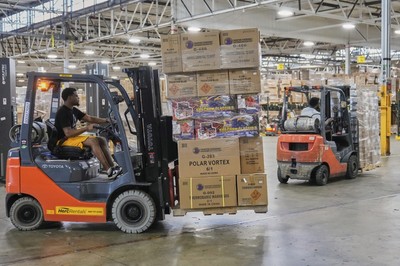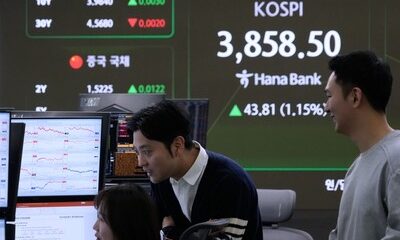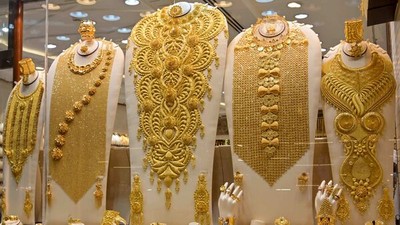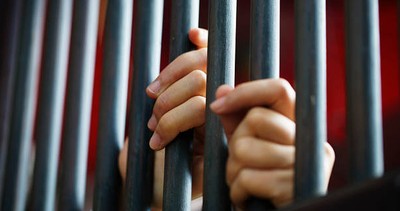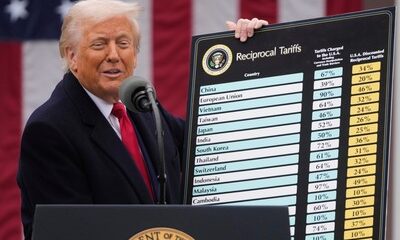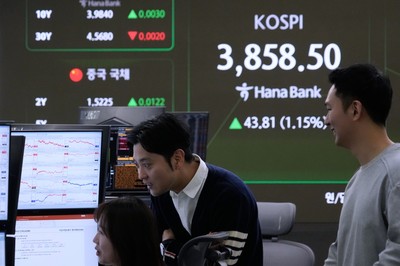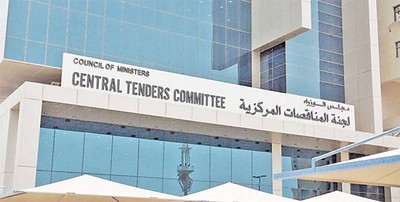Currency traders watch monitors near a screen showing the Korea Composite Stock Price Index (KOSPI) at the foreign exchange dealing room of the Hana Bank headquarters in Seoul, South Korea on Oct 21. (AP)
TOKYO, Oct 22, (AP): Asian shares were mostly lower Wednesday on selling of technology shares following a lackluster day on Wall Street. U.S. futures edged higher, while crude oil prices rose more than $1 a barrel. Chinese markets retreated after US President Donald Trump cast doubt on whether or not he will meet with Chinese leader Xi Jinping later this month.
“Maybe it won’t happen, maybe it won’t happen,” he said while hosting a lunch for Republican Party senators at the White House. However, Trump also said he was expecting “to do well” in negotiations with China. “I’m going to see President Xi in two weeks. … We’re going to meet in South Korea, ” he said. “We’re going to talk about a lot of things they want to discuss.”
Trump is traveling in the next several days to Japan and South Korea, in part, to finalize the terms of investments from those countries as part of an agreement to minimize the tariff rates Trump is charging on foreign goods. Hong Kong’s Hang Seng dropped 0.8% to 25,819.10, while the Shanghai Composite index shed 0.1% to 3,914.97.
Japan’s benchmark Nikkei 225 wavered between slight gains and losses a day after its parliament chose Sanae Takaichi to be its first female prime minister. It closed almost flat at 49,307.79, pulled lower by declines for tech companies like SoftBank Group Corp., whose shares fell about 5%. The government reported that Japan’s exports grew 4.2% in September from a year earlier, boosted by robust shipments to Asia that offset a 13% decline in those destined for the US.
Auto shipments fell 24% as they were hit hard by Trump’s tariff hikes. Australia’s S&P/ASX 200 lost 0.7% to 9,030.00, while South Korea’s Kospi rose 1.6% to 3,883.68. Tuesday on Wall Street, the S&P 500 inched up a fraction of a point, leaving it just slightly below its all-time high set earlier this month. The Dow Jones Industrial Average rose 0.5% to a new record and the Nasdaq composite slipped 0.2%.
General Motors rallied 15.1% after reporting stronger quarterly results than analysts expected, while also raising its forecasts for some full-year financial targets. Warner Bros. Discovery leaped 10.9% after the company said it’s now considering other options besides its previously announced split of Discovery Global off Warner Bros., which could be more profitable for shareholders.
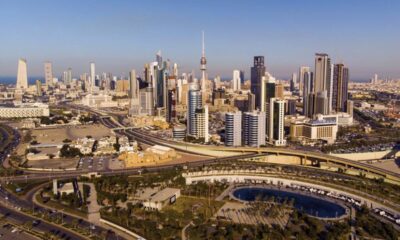
 Latest News22 hours ago
Latest News22 hours ago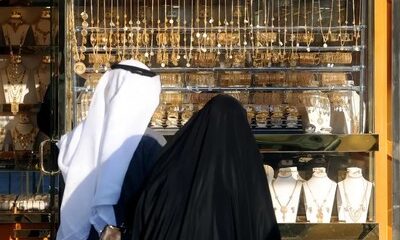
 Business24 hours ago
Business24 hours ago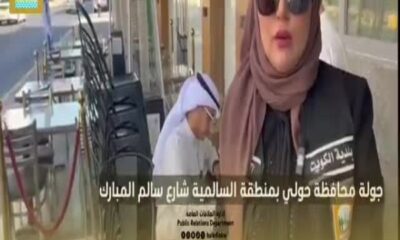
 Politics24 hours ago
Politics24 hours ago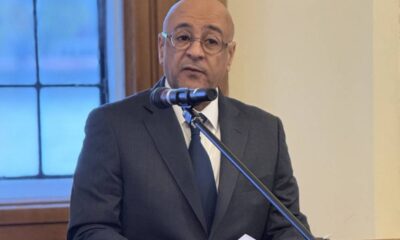
 Latest News14 hours ago
Latest News14 hours ago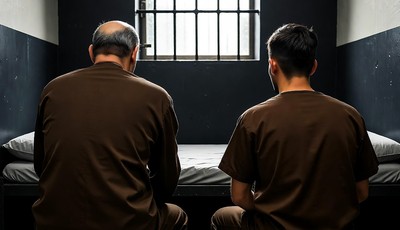
 Politics15 hours ago
Politics15 hours ago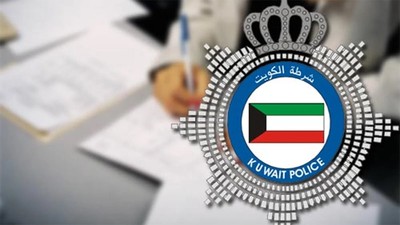
 Politics11 hours ago
Politics11 hours ago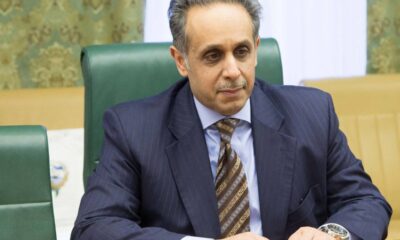
 Latest News20 hours ago
Latest News20 hours ago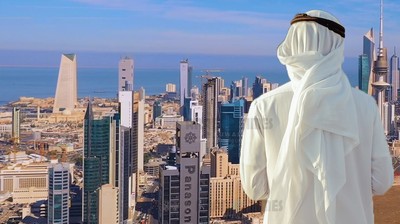
 Business15 hours ago
Business15 hours ago
